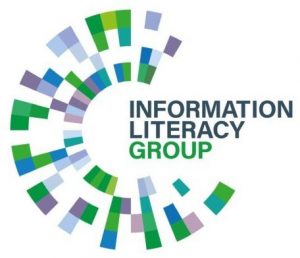Unique…just like everybody else: the sector that prides itself in its diversity
Further Education (sometimes referred to as Post-compulsory Education or the Lifelong Learning Sector) is made up of general, special, and sixth form colleges. They are commonly involved in vocational education, at all levels, and learners range in age from 14 to 80+. Further Education (FE) covers 17 sector subject areas, so education and training for just about any vocational area is likely to be happening in an FE college. A taster of examples might range from Health to Agriculture, Construction to Art, IT, Business, Retail or Leisure. It is therefore easy to forget that the sector also includes traditional academic routes, A level/Level 3 courses, as well as ESOL and basic literacy or numeracy. Recently, there has been a growth in specialist provision in skills for life, for those with special educational needs.
FE has a tradition of supporting those seeking second chances or a career change, and a cultural emphasis which addresses social exclusion through core skills and employability. However, for some time now, the climate has increasingly focused on financial and educational targets. The requirement for survival is to drive up success rates at the lowest possible cost. Pressure on resources should not be underestimated and effective services define their priorities carefully.



